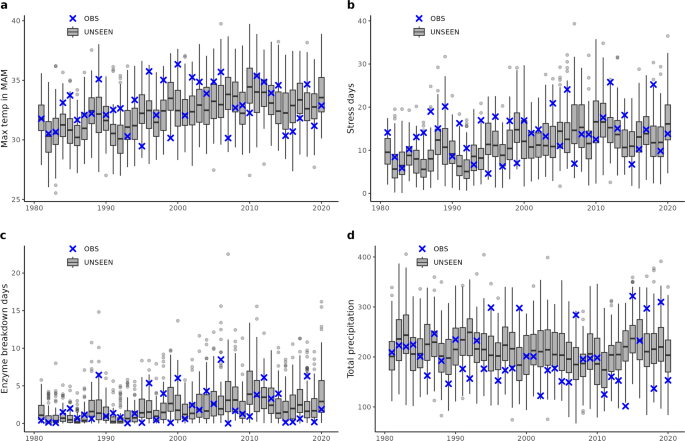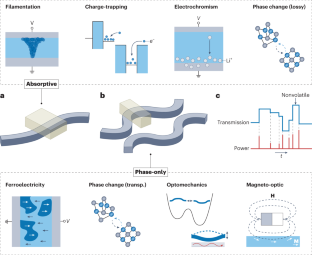2023*06-02 タフツ大学
◆これまでの記録は将来の予測には役立たず、気候変動によって現在の極端な事象の可能性が過小評価されています。気温上昇により、小麦の生育に重要な影響を与える可能性があり、これによって食料供給に深刻な影響が生じる可能性があります。米中両国は世界の主要な穀物産地であり、同時に作物の失敗が起きれば食料の価格と供給に大きな影響が出るかもしれません。
<関連情報>
- https://now.tufts.edu/2023/06/02/new-research-suggests-wheat-crops-may-be-threatened-unprecedented-heat-and-drought
- https://www.nature.com/articles/s41612-023-00361-y
米国と中国の小麦生産地域で驚くような暑さと干ばつが発生する可能性 Potential for surprising heat and drought events in wheat-producing regions of USA and China
Erin Coughlan de Perez,Hamsa Ganapathi,Gibbon I. T. Masukwedza,Timothy Griffin & Timo Kelder
npj Climate and Atmospheric Science Published:02 June 2023
DOI:https://doi.org/10.1038/s41612-023-00361-y

Abstract
Previous analyses of the possibility of global breadbasket failures have extrapolated risks based on historical relationships between climate and yields. However, climate change is causing unprecedented events globally, which could exceed critical thresholds and reduce yields, even if there is no historical precedent. This means that we are likely underestimating climate risks to our food system. In the case of wheat, parts of the USA and China show little historical relationship between yields and temperature, but extreme temperatures are now possible that exceed critical physiological thresholds in wheat plants. UNprecedented Simulated Extreme ENsemble (UNSEEN) approaches use large ensembles to generate plausible unprecedented events, which can inform our assessment of the risk to crops. We use the UNSEEN approach with a large ensemble of archived seasonal forecasts to generate thousands of plausible events over the last 40 years and compare the results with historically observed extreme temperature and precipitation. In the US midwest, extreme temperatures that would have happened approximately 1-in-100-years in 1981 now have a return period of 1-in-6 years, while in China, the current return period is on the order of 1-in-16 years. This means that in the US midwest, extreme temperatures that used to have a 1% chance to occur in 1981 now have a 17% chance to occur in any given year, while in China, the chance increased from 1% to 6%. Record-breaking years exceeding critical thresholds for enzymes in the wheat plant are now more likely than in the past, and these record-breaking hot years are associated with extremely dry conditions in both locations. Using geopotential height and wind anomalies from the UNSEEN ensemble, we demonstrate that strong winds over land pull dry air towards the regions these during extremely hot and dry unseen events. We characterize plausible extremes from the UNSEEN ensemble that can be used to help imagine otherwise unforeseen events, including a compound event in which high impacts co-occur in both regions, informing adaptation planning in these regions. Recent temperature extremes, especially in the US midwest, are unlikely to be a good proxy for what to expect in the next few years of today’s climate, and local stakeholders might perceive their risk to be lower than it really is. We find that there is a high potential for surprise in these regions if people base risk analyses solely on historical datasets.



